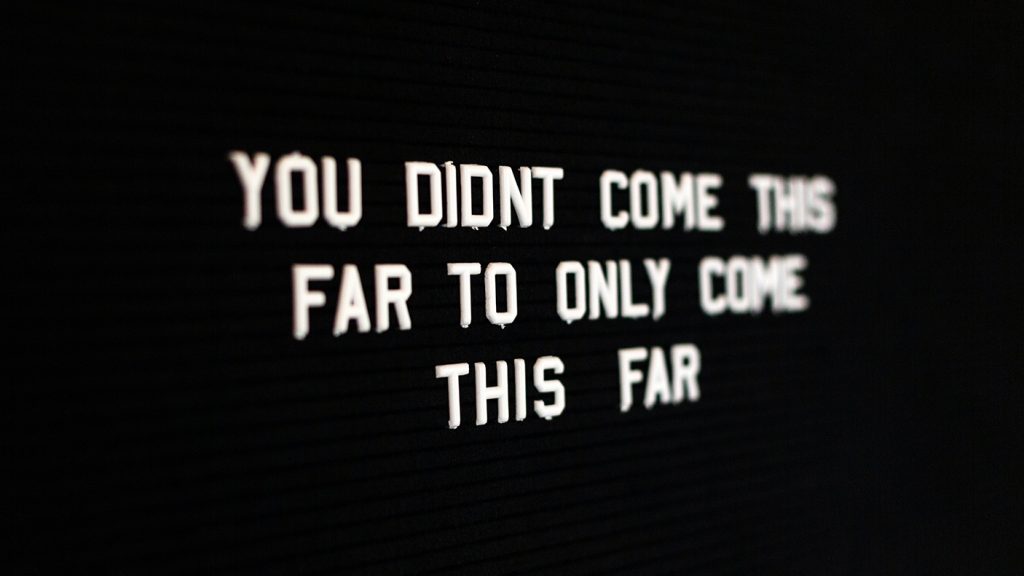Diversity Fatigue in the Workplace: What to look for and how to address it
By Maria Sterndorff
Even with the best intentions, organizations can face a phenomenon known as “diversity fatigue.” This refers to a sense of weariness, disengagement, or even harmful movements against DEI that can arise among employees and leaders as a result of continuous efforts to promote diversity and inclusion.
A survey from 2023 with insights from 4,200 employees and 1,500 executives across nine different industries shows an increasingly evident disparity between the ambitious DEI objectives set by companies and the actual experiences of their workforce. The 2023 Kelly Global Re:work Report highlights that, for numerous organizations, the dedicated commitment to DEI has reached a stagnation point of diversity fatigue. By being aware of the causes and impacts of this phenomenon, you can identify its signs and provide strategies to address and soften its effects.
Causes and impact of Diversity Fatigue
While ongoing initiatives for diversity and inclusion are essential to businesses, a constant focus on diversity and inclusion can lead to burnout and exhaustion among employees who might feel overwhelmed by the frequency and extent of these efforts. If employees perceive that diversity and inclusion efforts are not producing tangible results or changing the workplace culture, they might become skeptical or disheartened. Some individuals might entirely resist the changes associated with diversity efforts, leading to frustration and feeling worn out by the ongoing push for change.
It’s important to note that diversity fatigue can be contagious, spreading from person to person within an organization. When one employee becomes fatigued and disengaged from DEI initiatives, it can influence others to adopt a similar attitude. This can create a domino effect, causing a lack of enthusiasm and commitment across the workforce, and can ultimately contribute to the failure of DEI initiatives.
Employees experiencing diversity fatigue might disengage from their work and become less motivated to contribute their best. Diversity and inclusion efforts are often designed to create collaboration and understanding among diverse teams. When diversity fatigue sets in, these collaborative dynamics can suffer, employees might be less likely to contribute to diverse perspectives, impacting the quality of decisions, innovation, and the positive impacts on business growth that follows in the wake of successful DEI. Here are some signs and symptoms to be aware of:
Signs and Symptoms
- Employees might start to avoid participating in diversity-related programs or initiatives.
- Fatigue can lead to passive participation in discussions related to diversity and inclusion.
- Employees who experience diversity fatigue might be more likely to take sick days or consider leaving the organization.
- Reduced understanding and empathy can lead to an increase in conflicts among employees.
“Not addressing diversity fatigue upfront can generate a pronounced resistance against the efforts towards inclusion. When working with organizations around the world, we currently experience significant movements working against DEI,” says Kasper Jelsbech, Partner and Chief Consultant at Living Institute. This happens when organizations fail at two things: One is communicating that diversity is not a zero-sum game and that these efforts benefit everyone. Secondly, they fail to demonstrate the direct positive impacts DEI has on the business and the problem-solving within the teams.”
You might also be interested in:
>> Inclusive Leadership: Bridging the Gap Between In-Groups and Out-Groups
Strategies for Addressing Diversity Fatigue
- Clear communication about goals, purpose, and progress of diversity initiatives can help employees see the value and impact of their efforts.
- Creating safe spaces and an open dialogue for employees to express their feelings and concerns about diversity and inclusion promotes a sense of belonging.
- Recurring inclusion surveys in your organization or team are great for tracking progress. But they also enable you to catch harmful tendencies and address them upfront. Be careful with high survey frequency, as this potentially accelerates diversity fatigue.
- Training and educating on Unconscious Bias give employees the tools to recognize and address bias and can reignite their enthusiasm for inclusion efforts.
- Celebrating incremental achievements in diversity and inclusion can help maintain momentum and motivation.
- An Inclusive Leadership culture with leaders who actively model inclusive behavior inspires employees and reduces feelings of fatigue.
The greater ‘we’
“Management should do more to articulate ‘inclusion’ and focus on ‘the greater we’ instead of diversity as a concept. It can create polarization, tokenism*, and stereotype threat when people are categorized based on a single identity marker. Companies should focus more on initiatives that require less talk about diversity and inclusion and instead create new frameworks for exposing employees to different types of diversity. This proves to be more effective in promoting diversity across positions,” says Kasper Jelsbech.
Diversity fatigue is a challenge that organizations must acknowledge and address as part of their commitment to inclusive workplaces. By understanding its contagious nature, causes, recognizing its impacts, and implementing effective strategies, companies can create an environment where diversity and inclusion efforts continue to thrive, contributing to enhanced engagement, collaboration, and innovation.
*Tokenism: The practice of including a small number of individuals from underrepresented groups to create the appearance of diversity.
